Swiss learn lessons from 2005 floods
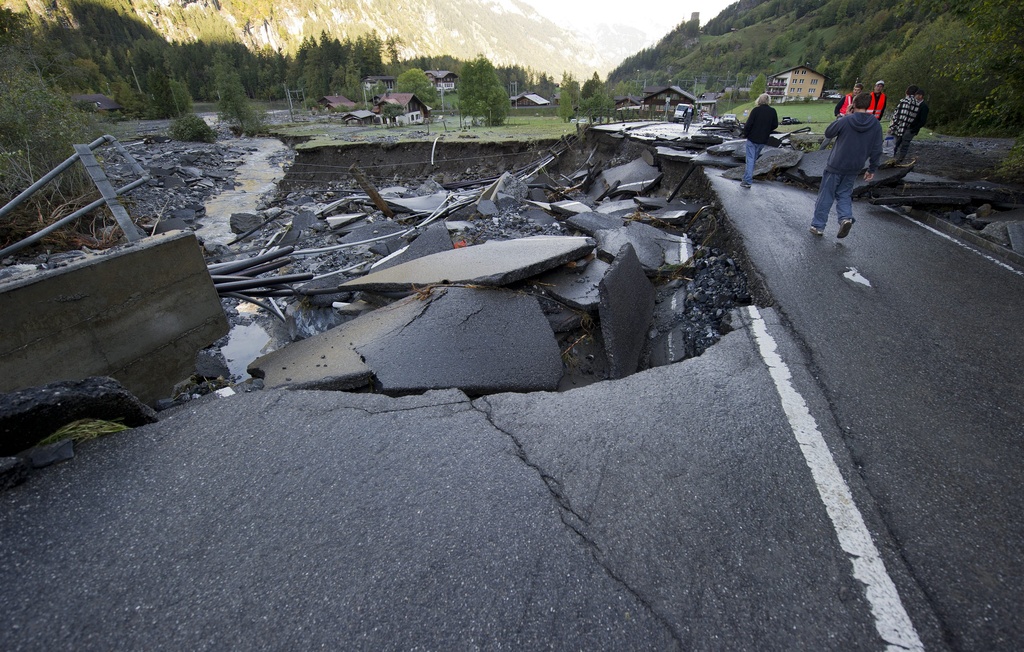
A combination of a cold front followed by a rise in temperatures resulted in severe flooding in Switzerland this week, with work continuing to clear up the aftermath.
But measures put in place after the 2005 “flood of the century” – which brought chaos to central Switzerland and resulted in seven deaths – have ensured that no one came to any harm this year.
On Wednesday, Environment Minister Doris Leuthard visited the parts of Switzerland hardest hit by the rise in water levels.
Leuthard inspected damage in the Lötschental and Kandertal valleys in southern and northern Switzerland, which along with Wilderswil in the Bernese Oberland and Leukerbad in canton Valais suffered significant material damage.
The government said flood prevention measures in place had “considerably reduced” material damage. The national alert system needed to be improved however.
Cantons are responsible for sounding alerts for the smallest rivers such as the Kander and Lütschine and following the latest flooding the Federal Environment Office will review procedures.
“We were actually amazed by the speed and intensity of these events,” said Edith Oosenbrug, a hydrologist at the Environment Office in Bern.
Thomas Kleiber, a meteorologist for Swiss public television, explained how a cold front had brought a wave of moist, humid air which resulted in snow falling at lower altitudes.
“This was then followed by a warm front with rain, so all this snow melted really quickly,” he said.
“Significant danger”
The upshot of all this was floods that in some parts of the country exceeded the 2005 inundations.
“What we meteorologists underestimated was the speed of the heating up and how much rain the warm front ended up bringing,” Kleiber admitted.
The brunt was borne by the Bernese Oberland, the mountain cantons of Obwalden and Nidwalden in central Switzerland and various valleys in canton Valais in the French-speaking part of the country.
In Bern alone the Environment Office saw water levels which they said they would expect once a century.
The danger level for the River Aare between Bern and Interlaken was raised to three – “significant danger” – one grade higher than for Lake Brienz, Lake Lucerne and the rivers Sihl and Limmat in Schwyz and Zurich respectively, which faced “moderate danger”.
Hydraulic measures
Cities have remained more or less spared. Bern’s Matte quarter, which lies directly next to the Aare, saw pumps deployed.
By Monday evening the floods were reported to have exceeded those of 2005, when it poured for days.
“In certain rivers, for example the Kander in the Bernese Oberland, the amount of water was actually as great as in 2005,” Oosenbrug said.
“But 2005 was for a national point of view a much bigger event – many more regions were affected and water levels in the bigger rivers was a lot higher.”
Six years ago, flooding in many parts of Switzerland caused massive transport delays and billions of francs worth of damage. Seven people died. Various measures were taken to ensure that this wouldn’t happen again.
“On the one hand, at a cantonal level hydraulic measures were implemented in several places, for example the flood-relief tunnels at Lake Thun and the dykes at the Engelberger Aa [a river which empties into Lake Lucerne],” she said.
“At a national level, organisation for such events and prediction models were improved. The most import thing for measures is to protect human lives, and we can conclude that this time that’s worked.”
Discussion
In recent years the number of once-a-century natural catastrophes has increased – and Kleiber is counting on more floods.
“Basically whenever there’s a warming up, the precipitation falls more often in large amounts as rain and then turns into runoff more quickly. But it’s not possible to say when these weather conditions actually occur.”
This raises the question whether additional measures are necessary.
“Further measures are currently in place,” Oosenbrug said, pointing to anti-flood construction work on the River Linth in canton Glarus and River Rhone in Valais.
“But planning for long-term measures requires discussion about how Switzerland actually deals with a changed water balance – be it longer dry spells or increased floods.”
Because of Switzerland’s federal system, federal authorities are only supposed to act in a support capacity in the case of a natural disaster.
The Civil Protection Office oversees everything to do with intervention on the ground.
The Federal Water and Geology Office is responsible for prevention.
In the case of extreme weather or serious earthquakes, the National Alarm Centre sends the alerts of the Swiss Meteorological Office or the Swiss Seismological Service to the affected cantons, the army, the Federal Police Office and other parties.
The alert to the population is communicated by the 7,750 sirens spread across the country and normally operated by the cantonal police.
The population is then supposed to tune in to the radio stations of the Swiss Broadcasting Corporation for information.
(Adapted from German by Thomas Stephens)

In compliance with the JTI standards
More: SWI swissinfo.ch certified by the Journalism Trust Initiative

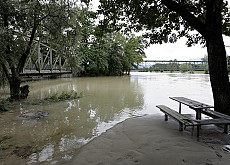
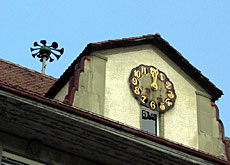
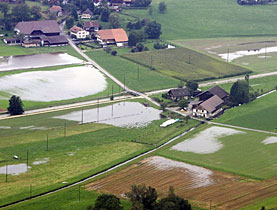
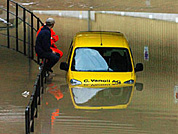
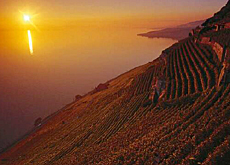
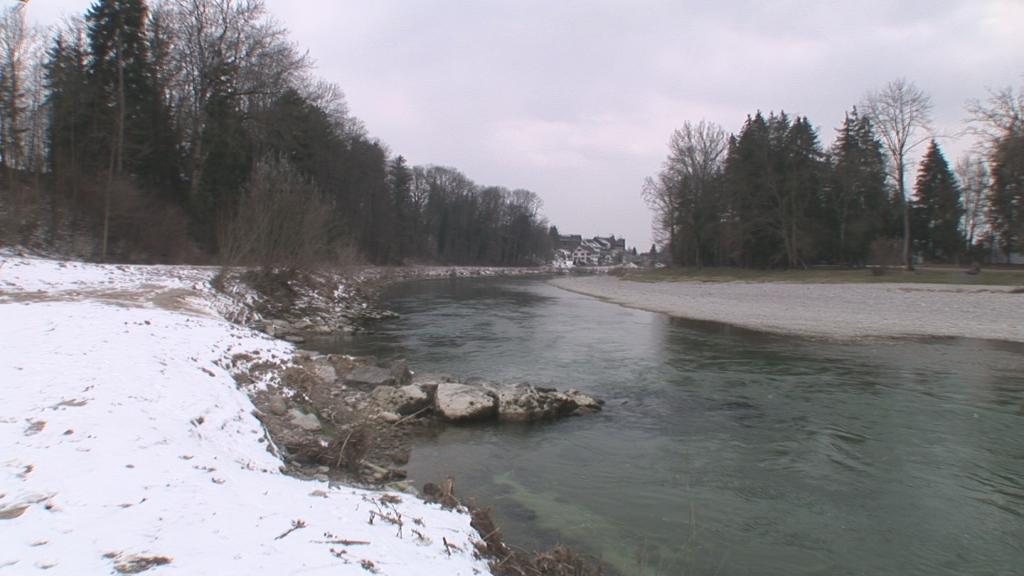
You can find an overview of ongoing debates with our journalists here. Please join us!
If you want to start a conversation about a topic raised in this article or want to report factual errors, email us at english@swissinfo.ch.